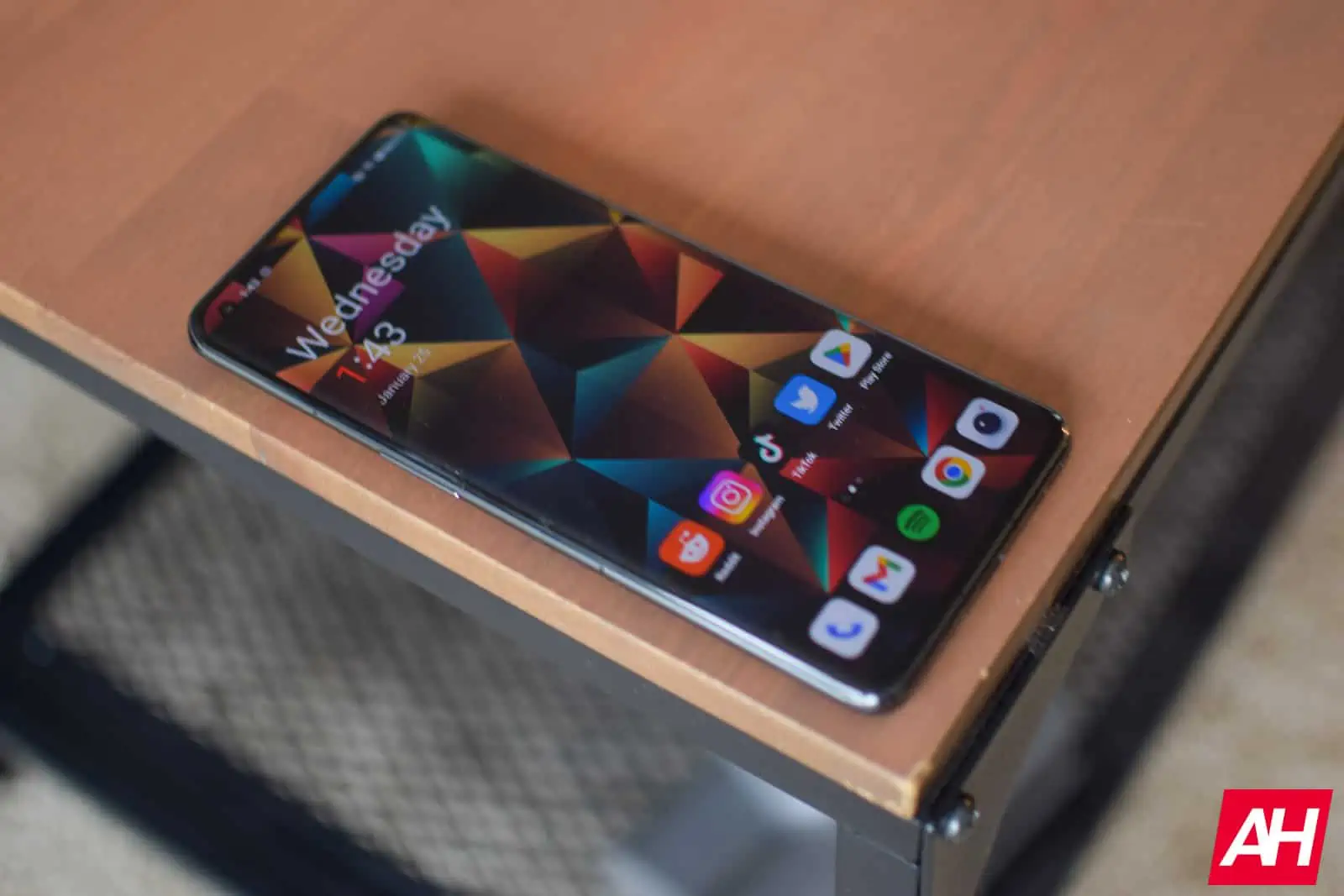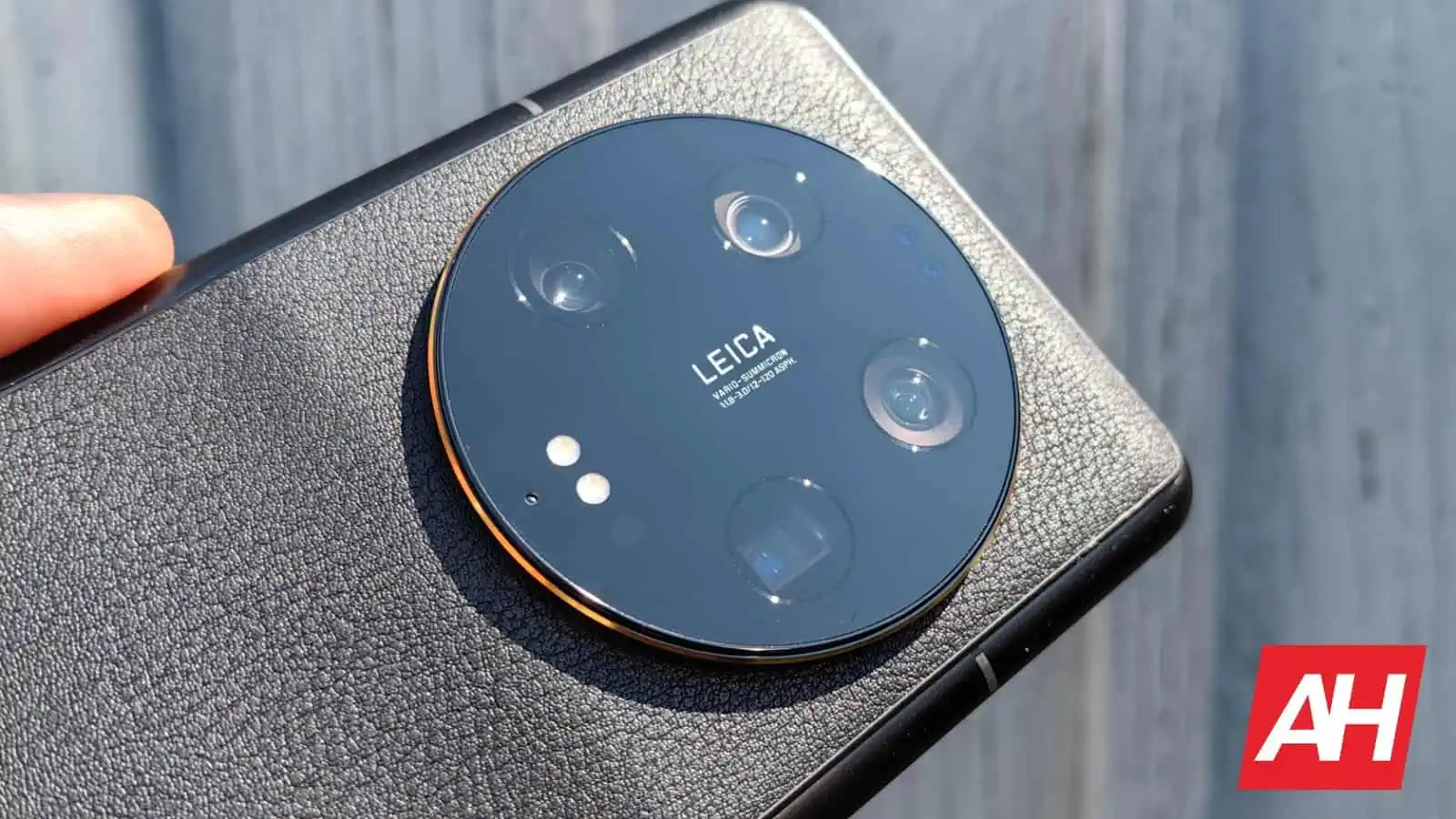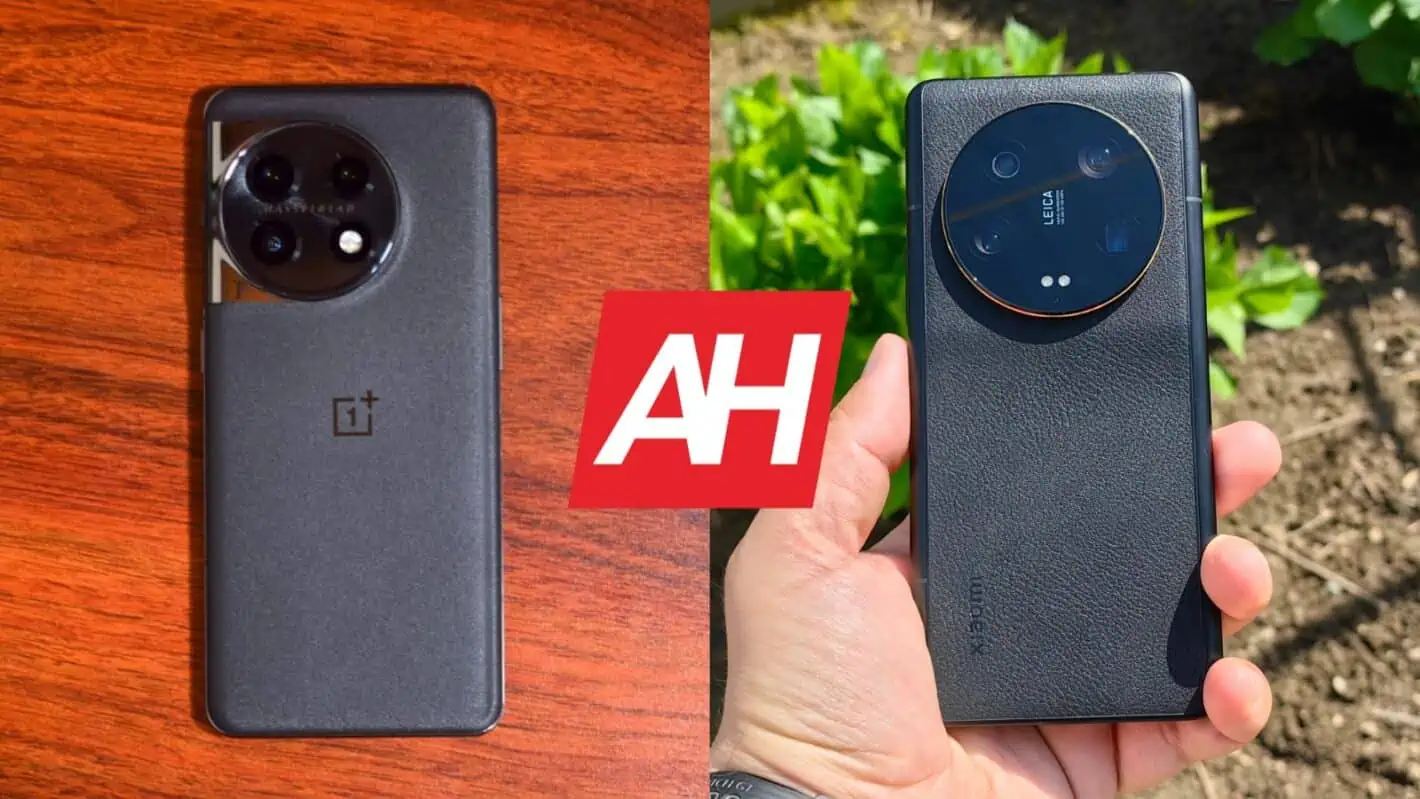The Xiaomi 13 Ultra is the company’s brand new flagship. This phone has an outstanding camera setup on the back, and it’ll be interesting to see how it compares to the very best of OnePlus. In this article, we’ll compare the OnePlus 11 vs Xiaomi 13 Ultra. These two phones are quite different, even though they do share some specs. They do feel different in the hand, though, look different, and for the most part, have different spec sheets.
One thing to note is that, at the time of writing this article, the Xiaomi 13 Ultra did not launch globally yet. We’ve used and reviewed the Chinese variant of the phone. The global model is coming, but we don’t know when exactly at this time. Only the software will be different, tuned for the global markets. Having said that, we’ll first list the specs of these two phones, and will then compare them across a number of other areas.
Specs
| OnePlus 11 | Xiaomi 13 Ultra | |
| Screen size | 6.7-inch QHD+ LTPO3 Fluid AMOLED display (120Hz refresh rate, curved, 1,300 nits peak brightness, LTPO down to 1Hz) | 6.73-inch QHD+ LTPO AMOLED display (curved, 120Hz adaptive refresh rate, 2,600 nits peak brightness) |
| Screen resolution | 3216 x 1440 | 3120 x 1440 |
| SoC | Qualcomm Snapdragon 8 Gen 2 | Qualcomm Snapdragon 8 Gen 2 |
| RAM | 8GB/16GB (LPDDR5X) | 12GB (LPDDR5X) |
| Storage | 128GB/256GB, non-expandable (UFS 4.0) | 256GB/512GB, non-expandable (UFS 4.0) |
| Rear cameras | 50MP (f/1.8 aperture, 1.0um pixel size, OIS, multi-directional PDAF) 48MP (ultrawide, f/2.2 aperture, 115-degree FoV, AF) 32MP (telephoto, f/2.0 aperture, 2x optical zoom, PDAF) |
50.3MP (Sony’s IMX989 1-inch sensor, f/1.9-f/4.0 aperture, 23mm lens, 1.6um pixel size, multi-directional PDAF, Laser AF, OIS) 50MP (ultrawide, 122-degree FoV, f/1.8 aperture, 12mm lens, dual-pixel PDAF) 50 MP (telephoto, f/1.8 aperture, 75mm lens, 3.2x optical zoom, dual-pixel PDAF) 50MP (periscope telephoto, 5x optical zoom, dual-pixel PDAF, OIS, 120mm lens) |
| Front cameras | 16MP (f/2.5 aperture, 25mm lens, 1.0um pixel size) | 32MP (wide angle) |
| Battery | 5,000mAh, non-removable, 100W wired (80W in the US) charging Charger included |
5,000mAh, non-removable, 90W wired charging, 50W wireless charging, 10W reverse wireless charging Charger included |
| Dimensions | 163.1 x 74.1 x 8.5mm | 163.2 x 74.6 x 9.1mm |
| Weight | 205 grams | 227 grams |
| Connectivity | 5G, LTE, NFC, Bluetooth 5.3, Wi-Fi, USB Type-C | 5G, LTE, NFC, Bluetooth 5.3, Wi-Fi, USB Type-C |
| Security | Face scanning (front camera) In-display fingerprint scanner (optical) |
In-display fingerprint scanner (optical) |
| OS | Android 13 OxygenOS 13 |
Android 13 MIUI 14 |
| Price | $699/$799 | CNY5,999 ($872)+ |
| Buy | OnePlus | China only for now |
OnePlus 11 vs Xiaomi 13 Ultra: Design
Both of these phones come with rounded corners, and curved displays. They also have display camera holes, but in different spots. The OnePlus 11 has a display camera hole in the top-left corner, while the one on the Xiaomi 13 Ultra is centered up top. Thin bezels are present around both displays. The OnePlus 11 includes a power/lock key, and an alert slider on the right side. The volume up and down buttons are on the left. All the physical buttons on the Xiaomi 13 Ultra are placed on the right side.
Now, when we flip the two phones over, you’ll notice plenty of differences. The OnePlus 11 has a circular camera island in the top-left corner of its backplate. That camera island connects to the side frame, in a way. This handset also has glass on the back. The Xiaomi 13 Ultra has a larger circular camera island, but it’s centered in the upper portion of the phone’s back. That portion of the phone’s back is also thicker than the lower portion, as the thickness gradually increases towards the camera island. Xiaomi did this on purpose to hide the camera bump a bit, and also provide an anchor point for the finger. The Xiaomi 13 Ultra also has vegan leather on the back, not glass. That vegan leather layer does not extend fully towards the sides of the phone, almost, but not quite. It’s an interesting design, and this is the first time we’re seeing something like this.
The two devices feel entirely different in the hand. The Xiaomi 13 Ultra is more grippy, while the OnePlus 11 is noticeably lighter, even though neither is particularly light. The Xiaomi 13 Ultra weighs 227 grams, while the OnePlus 11 weighs 205 grams. The two phones are almost equally tall and wide, while the Xiaomi 13 Ultra is a bit thicker. They both feel truly premium in the hand, as they’re really well built. Both phones also offer water and dust resistance, though the Xiaomi 13 Ultra offers better protection (IP68 vs IP64 certification).
OnePlus 11 vs Xiaomi 13 Ultra: Display
The OnePlus 11 features a 6.7-inch QHD+ (3216 x 1440) LTPO3 Fluid AMOLED display. This panel is curved, and it projects up to 1 billion colors. It offers a 120Hz refresh rate, which is adaptive, by the way. Dolby Vision is also supported, as is HDR10+ content. This display gets up to 1,300 nits of peak brightness. We’re looking at a 20:9 display aspect ratio here, while the panel is protected by the Gorilla Glass Victus.

The Xiaomi 13 Ultra, on the flip side, has a 6.73-inch LTPO AMOLED display. This panel is also curved, and it can project up to 1 billion colors. It has an adaptive refresh rate of up to 120Hz, and supports both Dolby Vision and HDR10+. This display gets up to 2,600 nits of peak brightness, and is, at the moment, technically the brightness display on the market. Its display aspect ratio is 20:9, while the Gorilla Glass Victus protects this panel.
Alright, so… both of these panels are outstanding. They offer vivid colors, deep blacks, and are more than sharp enough. The viewing angles are also great, so that’s not something you have to worry about. The same goes for touch response. Where you will see the difference is in the brightness segment. The Xiaomi 13 Ultra’s panel does get considerably brighter, which is important if you’re spending a lot of time outdoors, especially in direct sunlight.
OnePlus 11 vs Xiaomi 13 Ultra: Performance
Both of these smartphones are fueled by the Snapdragon 8 Gen 2 SoC. That is the most powerful processor Qualcomm has to offer at the moment. They’re both also equipped with LPDDR5X RAM and UFS 4.0 flash storage. Well, the 8GB RAM variant of the OnePlus 11 actually offers UFS 3.1 storage, so that’s an exception. In any case, both smartphones come in models with up to 16GB of RAM.
Is the performance any good, though? Well, yes, it’s outstanding on both phones. I’m talking simply from the smoothness aspect. You won’t notice any lag on either of these two phones. They’re really fast when it comes to your regular, everyday tasks. The same can be said for gaming too. They can open apps really fast, are great for browsing, media consumption, and so on.
If you to put some weight on their backs via graphically-demanding games, they won’t break. Quite the contrary, both of these phones strive in that regard. They can run the most demanding games on Android without a problem. That even goes for Genshin Impact, which is usually my go-to game for testing the graphics. The software implementations are entirely different, especially considering that the Xiaomi 13 Ultra we tested is a model made for the Chinese market. That’s an entirely different story.
OnePlus 11 vs Xiaomi 13 Ultra: Battery
There is a 5,000mAh battery inside both of these phones. Their battery life is not the same, however. Both offer great battery life, but the OnePlus 11 is in a league of its own. Well, the Galaxy S23 Ultra and OnePlus 11 are, kind of. In any case, we were able to get around 8 hours of screen-on-time from the Xiaomi 13 Ultra. Well, a bit more on that, on average. The OnePlus 11 did not have problems going over 10 hours of screen-on-time for us, actually.
One thing to note is that we’re talking about battery life without the gaming aspect. When we included gaming into the equation, the results were different. Both of these phones do have great battery life, but do note that you may get different results. You’ll use different apps, have different usage habits, and also different signal strengths. So… do note that into account. Our numbers do not have to reflect what you’ll get out of these two phones.
The OnePlus 11 supports 100W wired (80W in the US) charging, while it does not offer wireless charging support. The Xiaomi 13 Ultra supports 90W wired, 50W wireless, and 10W reverse wireless charging. Both smartphones do come with chargers in the box, though, which is something we cannot say for Apple, Samsung, and Google phones. They will recharge really fast, needless to say.
OnePlus 11 vs Xiaomi 13 Ultra: Cameras
The OnePlus 11 includes a 50-megapixel main camera, a 48-megapixel ultrawide unit (115-degree FoV), and a 32-megapixel telephoto camera (2x optical zoom). The Xiaomi 13 Ultra has a 50-megapixel main camera (1-inch camera sensor, variable aperture), a 50-megapixel ultrawide camera (122-degree FoV), a 50-megapixel telephoto camera (3.2x optical zoom), and a 50-megapixel periscope telephoto unit (5x optical zoom). OnePlus partnered up with Hasselblad, while the Xiaomi 13 Ultra includes Leica lenses and some software.

That being said, these two phones do provide considerably different pictures. Let’s tackle the main cameras first. The Xiaomi 13 Ultra technically has a better camera sensor. It can provide you with that natural bokeh, and thanks to the variable aperture, it’s less of a problem in some shots. The photos from the Xiaomi 13 Ultra do look closer to what you’d get out of a professional camera, while the OnePlus 11 relies on processing a bit more. The Xiaomi 13 Ultra will provide you with more fine detail in low light, but to some, the OnePlus 11 shots may look better overall. The results are different, but both phones do an outstanding job.
When it comes to all the other rear-facing cameras, we prefer the Xiaomi 13 Ultra. Its ultrawide camera does not only offer a wider field of view, but it also does a better job of keeping up with the main camera. The telephoto camera has a better optical zoom implementation, and overall does a better job, not to mention that it’s outstanding for portraits. The OnePlus 11 doesn’t even have a periscope telephoto camera, so that’s a moot point. The video recording is good on both, but the Xiaomi 13 Ultra does it better in low light conditions.
The selfie camera results are definitely better on the OnePlus 11. Xiaomi didn’t really do a good job in that regard. The Xiaomi 13 Ultra’s selfie camera, at least at the moment, tends to overexpose, and the images do tend to look a bit washed out. That could be fixed via updates, though, of course.
Audio
Both of these smartphones do offer a set of stereo speakers. The Xiaomi 13 Ultra’s second speaker is located at the top, not under the earpiece. That may be a benefit for some, but if you like sound shooting directly at you, you may not like this. In any case, both sets of speakers are quite good. The sound is loud and detailed, no complaints here
There is no audio jack on either phone. They both do include Type-C ports, so you can always hook up your headphones that way, you will need a dongle, though. Both smartphones are equipped with Bluetooth 5.3, for wireless audio connections.

